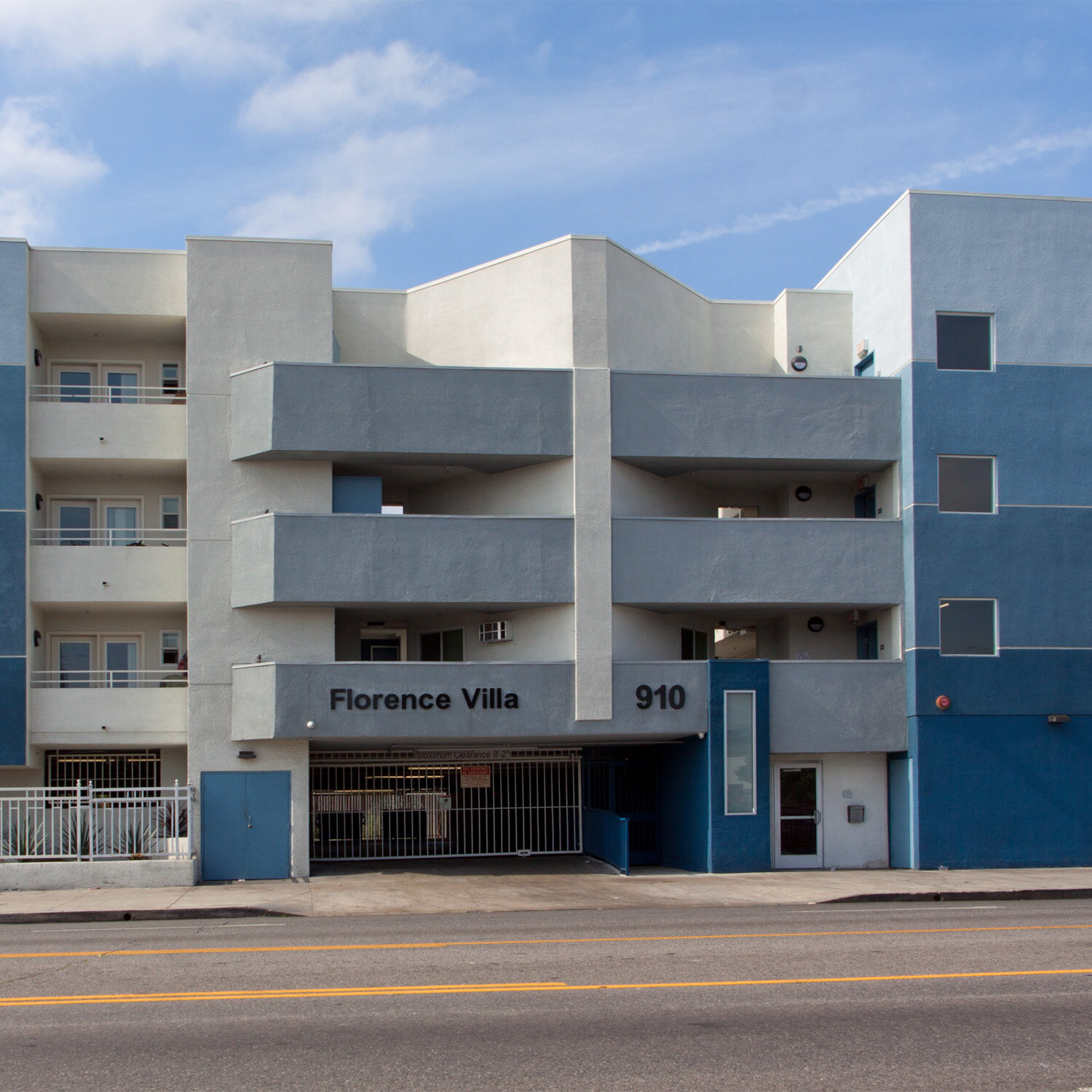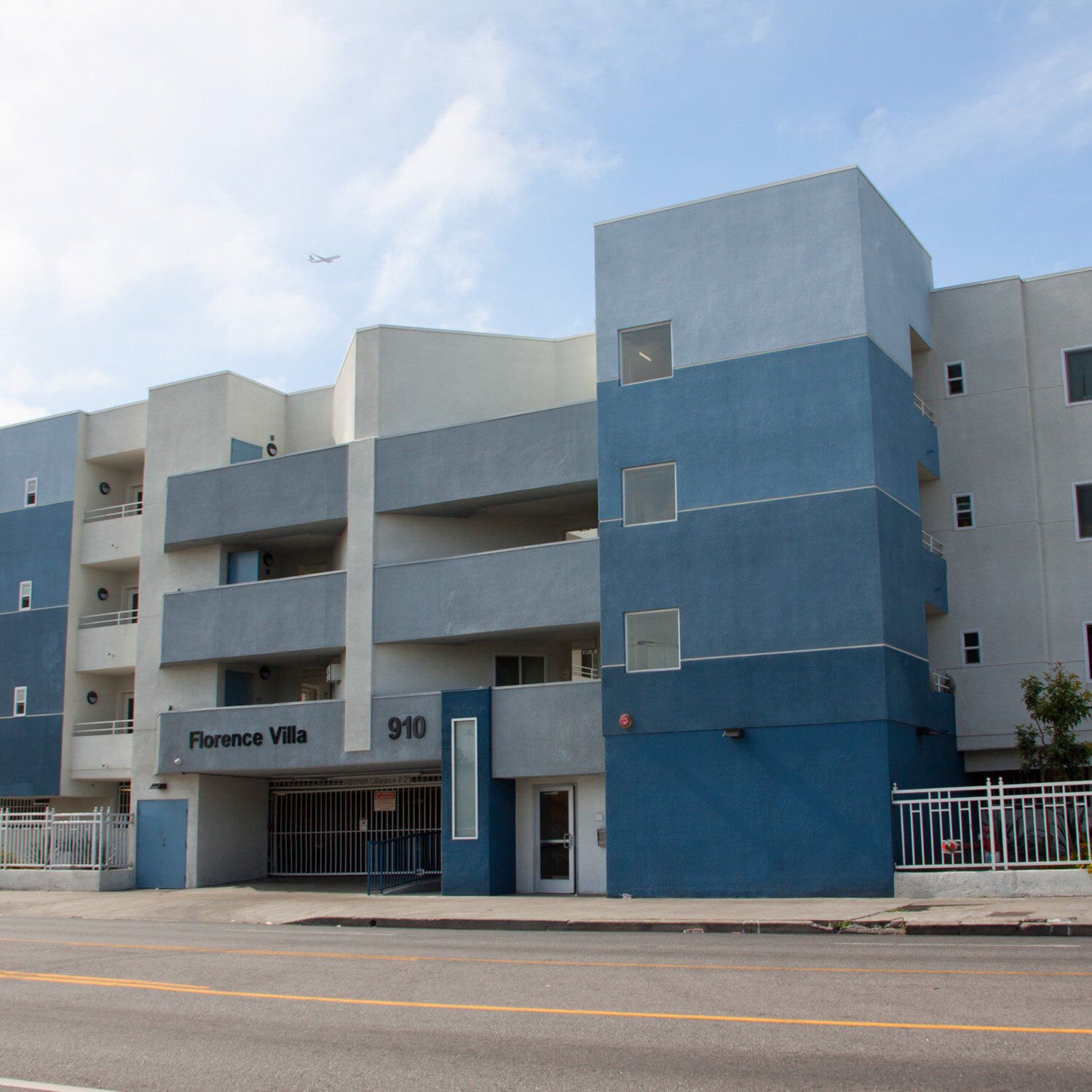Century Housing Utilizes Resources to Take Extensive Efficiency Measures at Low-Income Housing Sites
Florence Avenue Villas
54.4%
Energy Reduction since taking ownership
Morehouse
40%
Energy Reduction since taking ownership
2020 Innovation Awards: Affordable Multifamily Performance Project of the Year Winner
“We strive to exceed the state's Title 24 Efficiency Standards and by developing sustainable communities that reduce electricity, gas and water consumption we’re doing our part to reduce our environmental footprint for our residents and their children.”
OSCAR ALVARADO
Vice President, Development, Century Housing
CHALLENGE
Century Housing is committed to their mission of financing, building, and operating exceptional affordable housing so that residents have a dignified home, a healthy and hopeful future and attain economic independence. Century strives to exceed the State’s Title 24 (T24) Efficiency Standards and reduce their environmental footprint by developing sustainable communities that reduce electricity, natural gas and water consumption.
Century’s Florence Avenue Villas and Morehouse Apartments (together Florence-Morehouse) affordable multifamily properties had not seen significant upgrades or replacements since they were built in the 1990s, with materials and systems that did not consider energy conservation and sustainability. Century’s goal of implementing sustainability measures at these properties was designed to reduce utility expenses and redirect savings into projects to improve living conditions for the residents.
However, Century’s annual construction budget was insufficient given the slate of system upgrades and sustainability measures needed to optimize efficiency at the properties, so the project team turned to utility rebates and tax incentives to maximize their budget.
STRATEGY
Early in the process, Century engaged Restore Neighborhoods LA (RNLA), and the Association for Energy Affordability Inc. (AEA), who provided crucial support in securing incentives and rebates to finance the sustainability measures. Specifically, RNLA and AEA assisted with applications for Low-Income Weatherization Program (LIWP) funding and commissioned an audit and sustainability reports, which are required to apply for Low Income Housing Tax Credits. These efforts helped structure an upgrade roadmap by targeting the most energy deficient systems.
At both properties, T24 cool roof and windows were installed, common area, exterior and in-unit lighting was upgraded to LED, resident HVACs were upgraded to high efficiency heat pumps (generating 10% energy savings for each resident), and low-flow showerheads and faucets were installed in-unit. Additionally, advanced upgrades to solar thermal pre-heat water systems brought an average 16.4% energy savings and new 95% efficient condensing domestic hot water systems were installed and optimized by insulating all uninsulated piping in the boiler rooms.
IMPACT
The extensive energy and water efficiency measures completed are projected to reduce the site energy consumption at Florence Avenue Villas and Morehouse Apartments by 54.4%, and 40%, respectively. The operational savings realized by the properties’ reduced energy consumption allowed Century to take a larger construction loan, providing funding for additional rehabilitation projects.
Upon completion of the renovations, a marked decrease in energy and water consumption across all units within the first month was followed by a steady increase over time. Century realized that residents had removed newly installed low-flow faucets and shower heads as well as replaced their lights from LEDs, Century then conducted one-on-one discussions with residents to inform them of the devices’ value to the owner, resident, and environment, and received appreciation and cooperation thereafter. This experience provided a valuable lesson on the importance of a transparent project procurement process, so that the multifaceted benefits of efficiency projects are fully realized.









